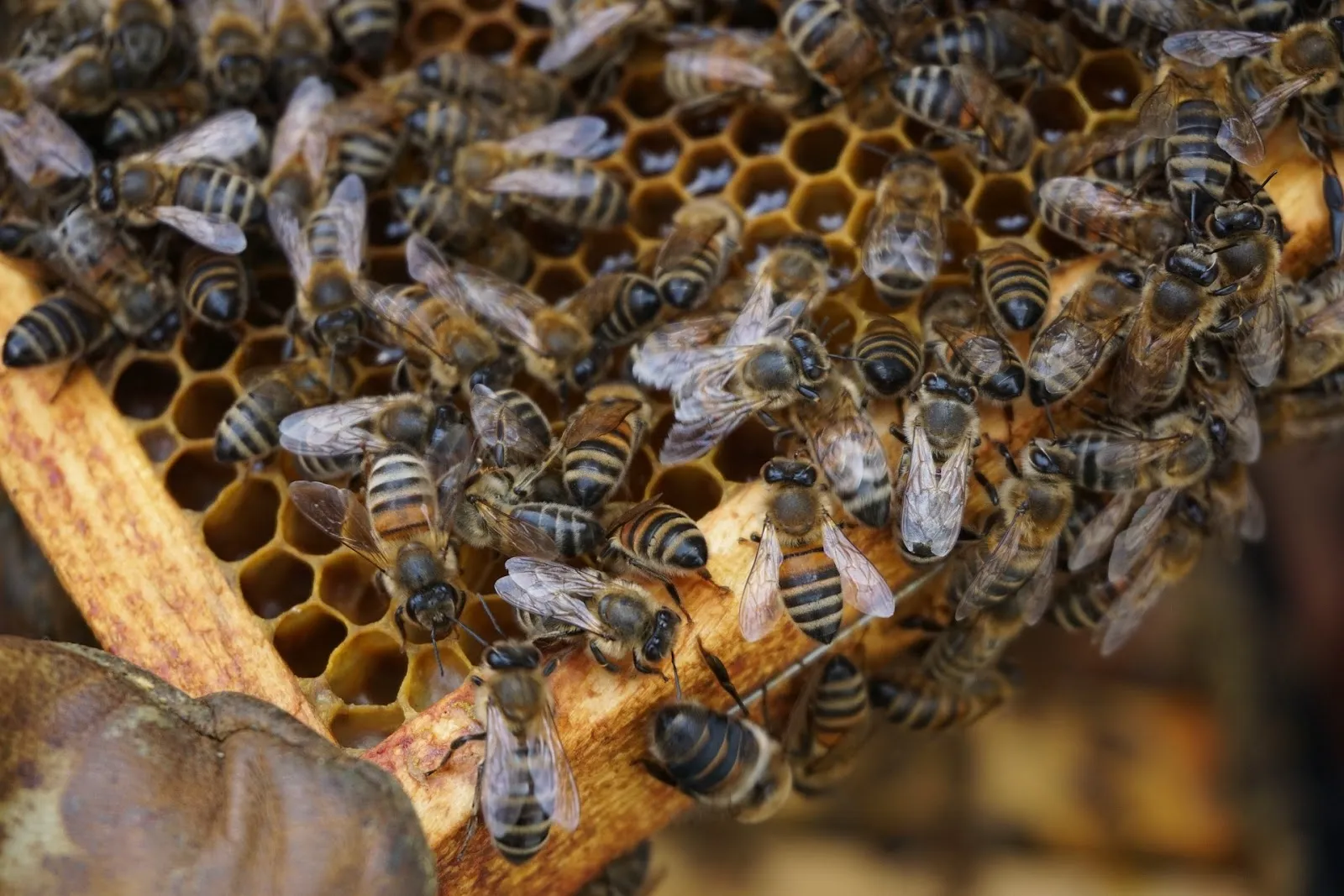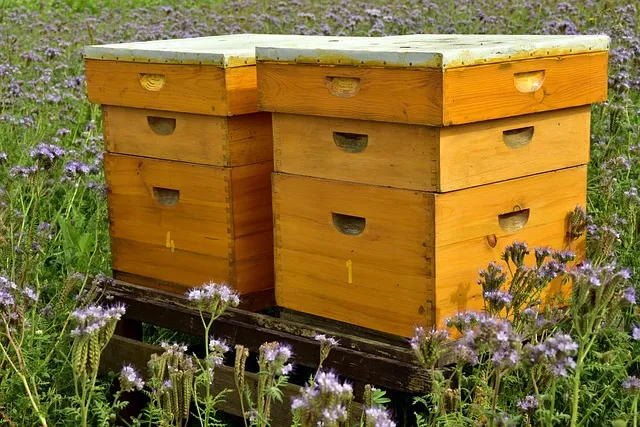Will bees clean mold off frames?
Mold is natural in beehives since they provide a conducive environment for it. Various molds grow on combs and frames when moisture gets to the inside of the hive. This often results when the colony is weak or small to keep the hive dry enough to control mold. Unknown to many, it is an end result and not a cause of colony weakness or death. This is usually in overwintered hives coming from winter. A beekeeper sometimes opens a hive for the first time after winter only to find empty cells rimmed with white, green, or yellow mold. The first thought that may come to a beekeeper when they see moldy frames is to discard them. However, this is not usually necessary. You need to check out how the colony became weak or died out.
Similar Articles you may like to read –
Bee Hive Inspection Guide. How and when to do inspections?
When should you not inspect a beehive?
What do bees do with dead bees in the hive?
Does vinegar help with bees?
Will bees clean mold off frames?
Yes, bees can clean mold off frames better than a beekeeper. If you have a number of colonies in your apiary, you can divide the moldy frames between them or give a few frames at a time. Bees clean moldy frames or combs in a matter of days. Besides cleaning, they are ardent at preventing mold in their hives. Part of their tasks involves removing the debris from the hive that causes mold growth. They also clean and polish brood cells. Their movement of bees in and out of the hive helps to maintain good air circulation meaning there are minimal chances of moisture sticking around busy bees.
Why is mold most common in the hive in winter?
An active colony has no problem managing mold growth in a hive. However, during winter, their energy is spent on keeping the cluster warm. Their main goal is survival. All housekeeping tasks are put on hold. As the winter season advances, the bee cluster becomes smaller, and they move up through the boxes consuming the honey stores and leaving the empty frames behind.
The mold then takes over the empty frames. Worse still, layers of debris accumulate on the bottom board. These include feces, dead bees, pieces of comb, mites, honey drips, and the like. This becomes a favorable breeding ground for molds and spreads rapidly. As the weather warms up, the colony expands, and house bees begin the regular housekeeping chores. If a colony dies in winter, excessive mold takes over. Mold is just a natural part of beekeeping operations and waits for an opportune time.
How can a beekeeper help to get rid of mold in a hive?
There are various ways that you can give the bees a helping hand in keeping the hive environment mold-free.
Reduce Moisture in the Hive
Molds thrive in high moisture. While bees can maintain the proper moisture, it may not be possible in winter. You can help reduce moisture by use of a quilt box to allow excess moisture to flow out. A foam layer can be included in the inner cover to trap moisture droplets.
Improve Hive Ventilation
A poorly ventilated hive is affected by moisture problems. The moisture generated is trapped inside. You can create a small opening on the top cover to allow excess water out. You can also consider raising the hive above the ground for better air circulation.
Raise a Healthy Bee Colony
A healthy bee colony helps to regulate moisture in the hive and keeps it free from molds. They are also able to deal with mold that is just starting to develop.
More articles you may like to read –
What kills honey bees?
Do Honey Bees Stay In The Same Nest Every Year?
What Is The Biggest Problem For Bees? Threats To Honeybees
Can honey carry disease? honey and disease
Repair Worn out Parts if the Hive
If some parts of the beehive are worn out, such as the inner cover, supers, and entrance reducer, or have irregular surfaces, they will encourage mold growth. The worn-out area trap debris and moisture promoting mold growth and decay.



